1. Inti Raymi
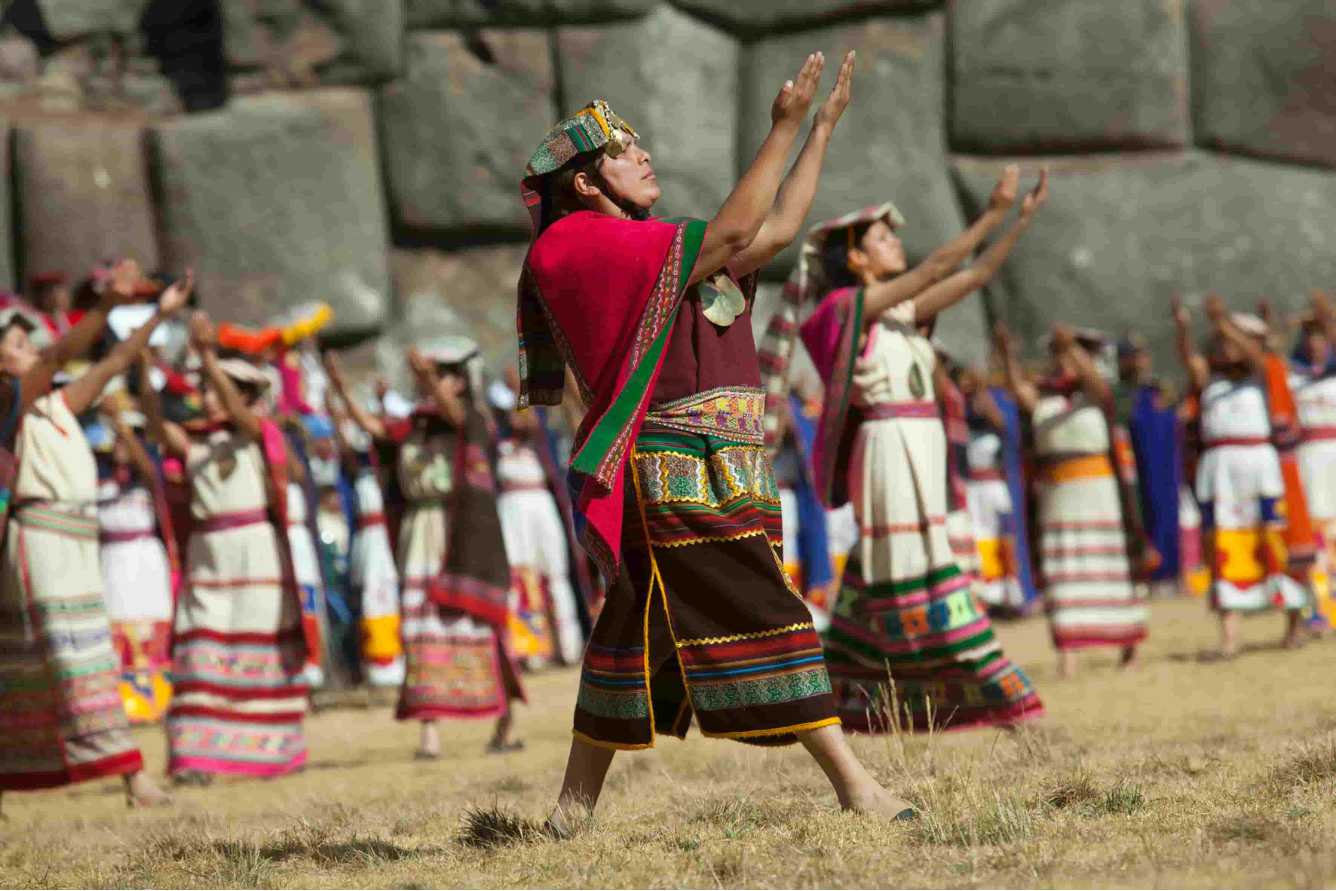
Inti Raymi is one of the most famous festivals in Peru, held on June 24 every year in the city of Cusco - the ancient capital of the Inca empire. This festival honors the sun god Inti, the supreme deity in the Inca religion, and also marks the winter solstice in the southern hemisphere, when the sun begins to return with its most brilliant power.
The Inti Raymi festival is not only a cultural event but also a sacred ritual that has been restored since the pre-Hispanic period. During the festival, thousands of Cusco residents and tourists flock to the Sacsayhuamán ruins to participate in the main ceremony. Here, rituals such as sacrificing llamas, speeches in the Quechua language, and traditional dances are vividly recreated. The crowd in colorful costumes re-enacts the image of the Inca emperor and his court, making viewers feel as if they have traveled back hundreds of years.
>>> See the latest America tours :
1. South America: Brazil - Peru - Argentina (Majestic Iguazu Falls, Perito Moreno Glacier, Inca Sanctuary Machu Picchu)
2. US East-West Line: New York - Philadelphia - Washington DC - Las Vegas - Grand Canyon - Los Angeles - San Diego - San Francisco
2. Virgen de la Candelaria Festival
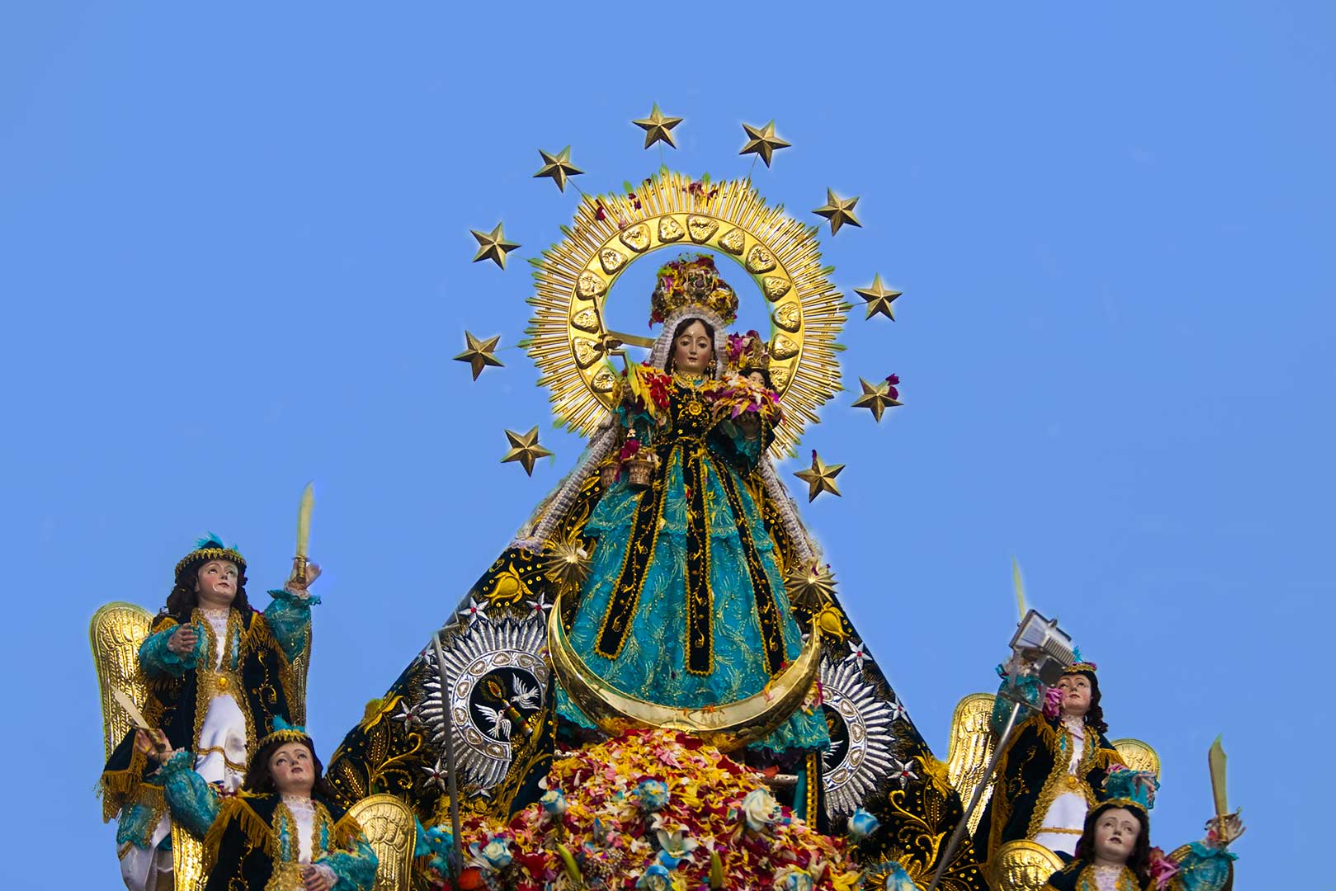
The Virgen de la Candelaria Festival, held every February in the city of Puno, on the shores of Lake Titicaca, is one of the largest and most spectacular festivals in Peru. It honors the Virgin of Candelaria, the city’s patron saint, and is also an opportunity for the Aymara and Quechua communities to express their unique cultures through music and dance.
The festival lasts for more than two weeks and is highlighted by grand parades and traditional dance competitions. More than 40,000 dancers and 5,000 musicians from all over the country gather in Puno to perform colorful folk dances in elaborate costumes. Each group brings a different style, reflecting the diversity of Peruvian culture. Dances such as the Diablada, Morenada and Caporales are both a tribute to the Virgin Mary and a true artistic competition.
The Virgen de la Candelaria Festival is not only a religious festival in Peru but also a convergence of the quintessence of folk culture. The vibrant atmosphere, resounding music, and the passion of the people make this festival a unique cultural event recognized by UNESCO as an Intangible Cultural Heritage of Humanity.
3. Corpus Christi Festival
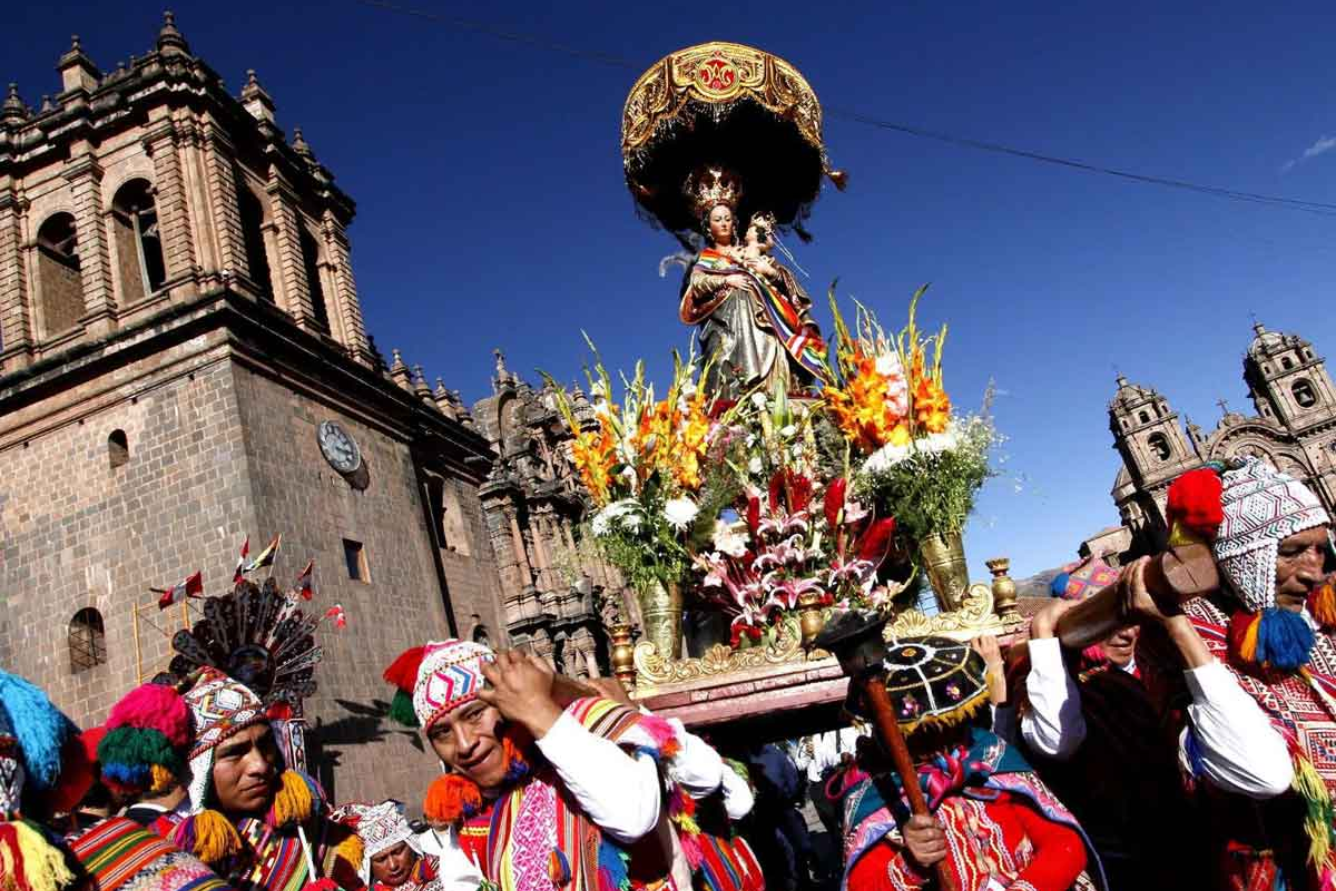
Among the many festivals in Peru that have a strong Catholic influence, Corpus Christi is one of the most special events that represents the profound fusion of European traditions and indigenous identity. Held in June – often coinciding with the Inti Raymi festival, Corpus Christi takes place mainly in Cusco, the cultural and religious center of Peru.
During this festival, 15 statues of saints from churches in the area are carried through the old streets of Cusco to the Cathedral. People dress in traditional costumes, carrying icons of the saints, and pray, dance and sing together in a solemn yet colorful atmosphere. Folk dances such as the Qhapaq Qolla and Chunchos are performed throughout the festival, creating a vibrant cultural picture of the past and present.
Corpus Christi is a festival in Peru that not only reflects religious beliefs but also serves as an opportunity for the community to express their solidarity and national pride. Traditional dishes such as "chiriuchu" - a mixture of dried meat, caviar, corn cakes, cheese... are also prepared and enjoyed during the festival, adding to the rich cultural experience for attendees.
4. Qoyllur Rit'i Festival
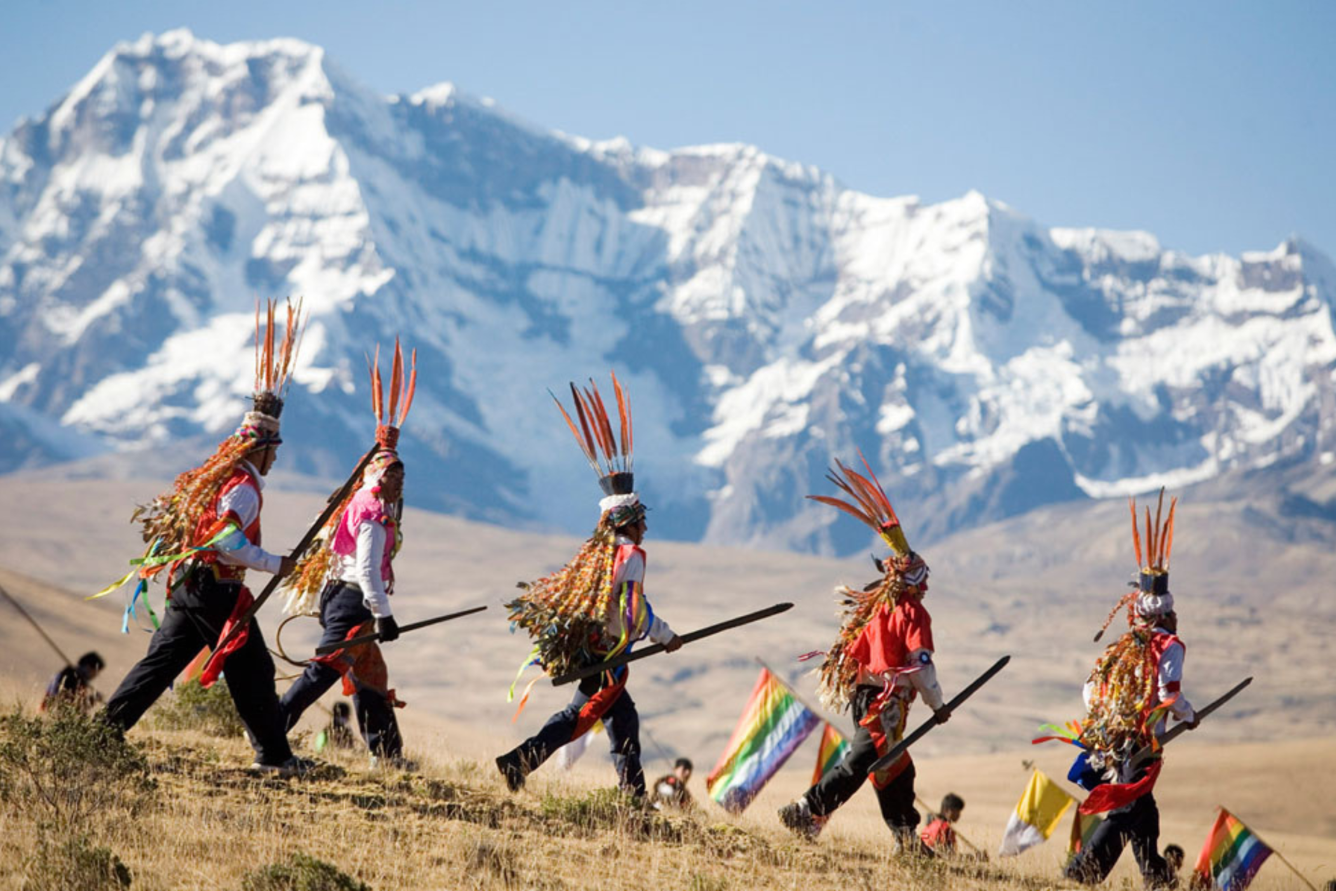
If you are looking for a deeply spiritual experience among the festivals in Peru, then the Qoyllur Rit'i festival is a must-see. This festival takes place in the Sinakara mountains, near the city of Cusco, around May or early June, attracting tens of thousands of pilgrims from all over the country.
Qoyllur Rit'i means "Snow Star" in Quechua, and the festival combines elements of Catholic tradition with indigenous beliefs. The locals believe that the appearance of the star Qoyllur Rit'i is a good omen, heralding a bountiful harvest and divine protection. Pilgrims, many of them walking dozens of kilometers in harsh weather conditions, reach this sacred site and participate in the prayer ritual.
During the festival, participants dress up as mythical figures such as “ukukus” – bear-men who represent the connection between humans and nature. Rituals include singing and dancing, blessing ceremonies, and climbing the snowy peak of Ausangate to retrieve sacred ice – believed to bring good luck and cure illnesses.
5. Señor de los Milagros Festival

The Señor de los Milagros (Lord of Miracles) festival is one of the largest festivals in Peru, taking place in the capital Lima every October. It is the most important Catholic event in the country, attracting millions of deeply devout participants.
The origins of the festival date back to the 17th century, when an African slave painted a portrait of Jesus on the wall of a house in Lima. Despite surviving several earthquakes, the painting remained intact, leading locals to believe it was a miracle. Since then, the painting has been venerated and the Señor de los Milagros procession has become an annual tradition.
Throughout the month of October, the saint’s portrait is carried on a palanquin through the main streets of Lima. Participants, dressed in purple, a symbol of repentance and faith, follow the procession in a solemn, spiritual atmosphere. Hymns, church bells, and prayers echo throughout the streets, creating a moving scene.
Attending festivals in Peru, visitors not only get to admire eye-catching artistic performances but also live in a sacred atmosphere, connect with the indigenous community and better understand a vibrant culture.
For more information about the program, please contact:
VIETRAVEL
190 Pasteur, Vo Thi Sau Ward, District 3, HCMC
Tel: (028) 3822 8898 - Hotline: 1800 646 888
Fanpage: https://www.facebook.com/vietravel
Website: www.travel.com.vn
Source of article: Collected and compiled
@traveltips #traveltips
Source: https://www.vietravel.com/vn/am-thuc-kham-pha/le-hoi-o-peru-v16944.aspx



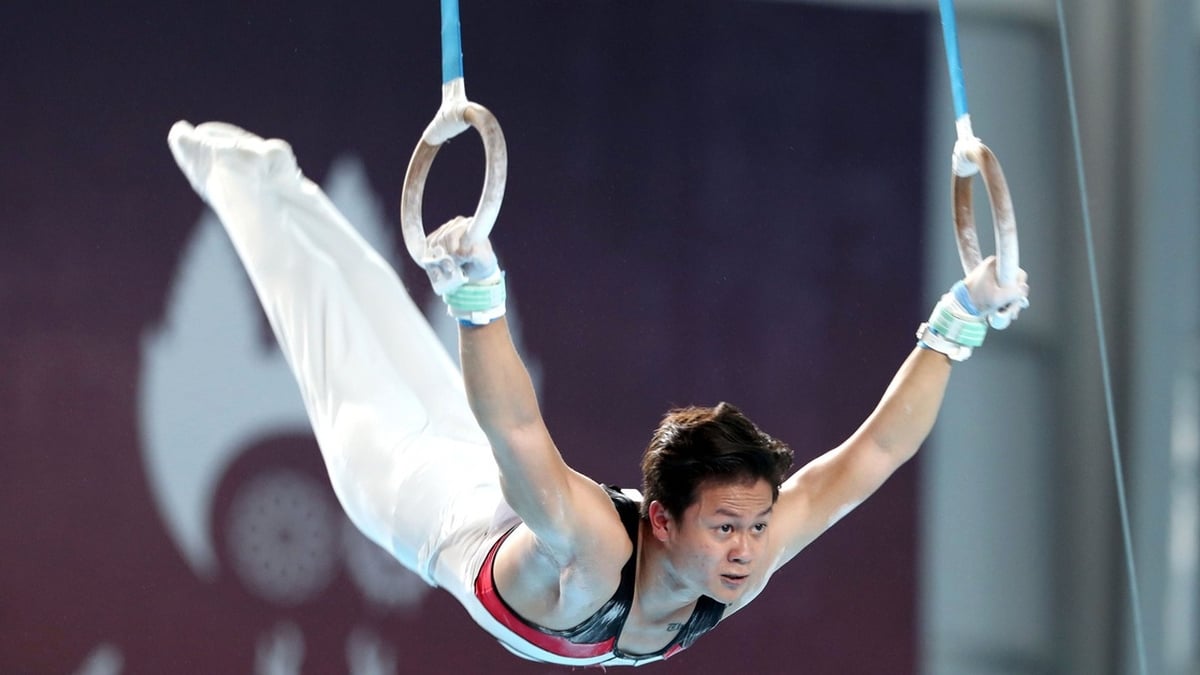
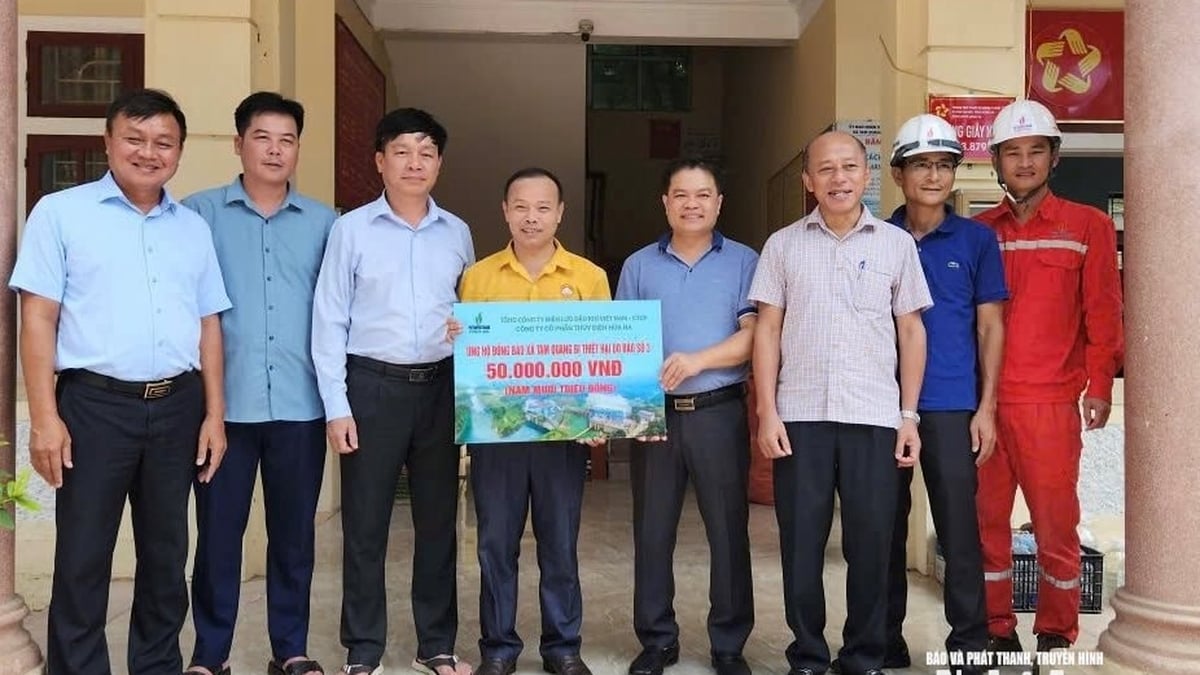
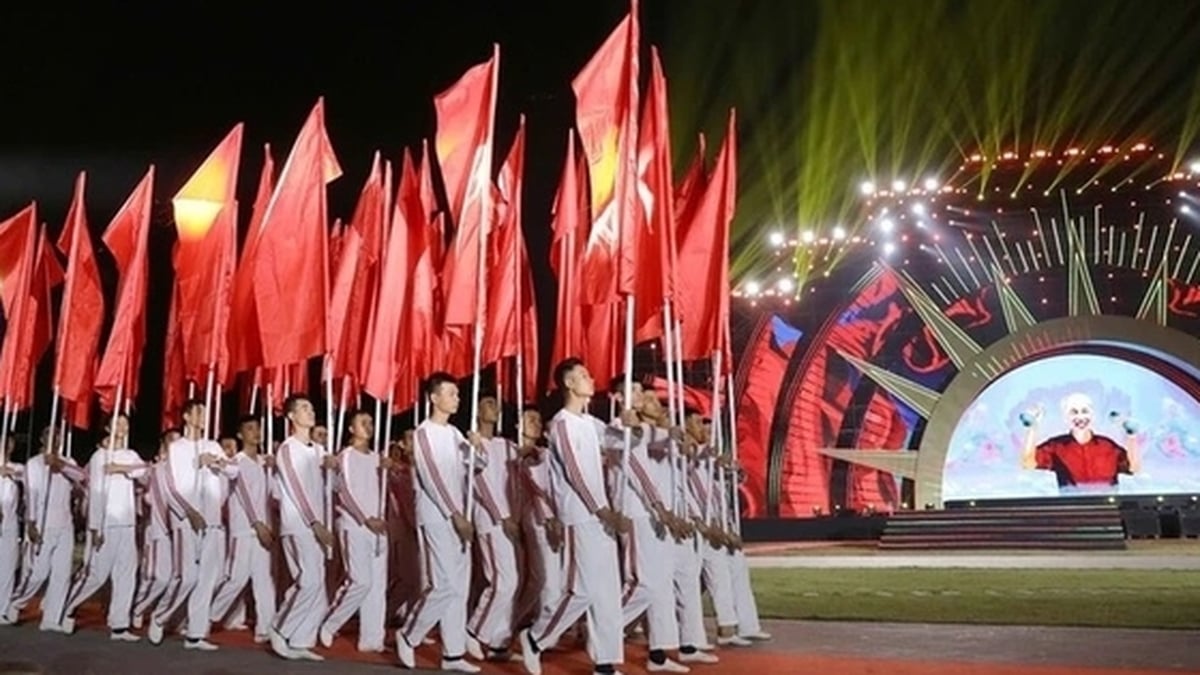
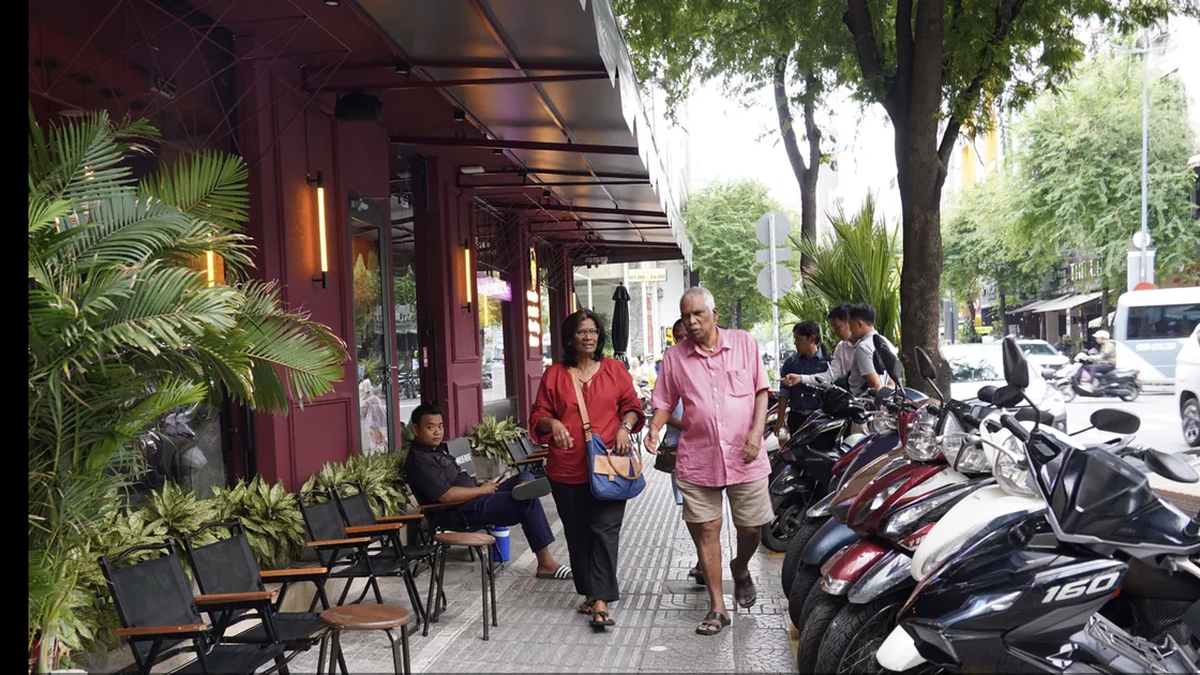
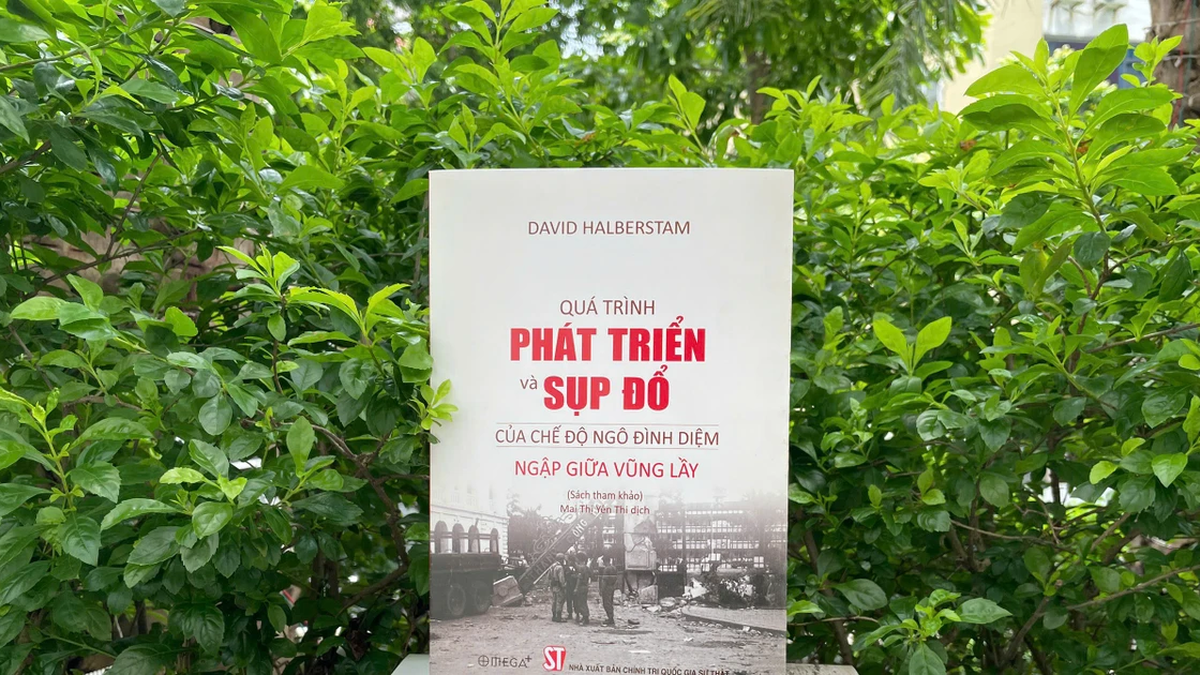

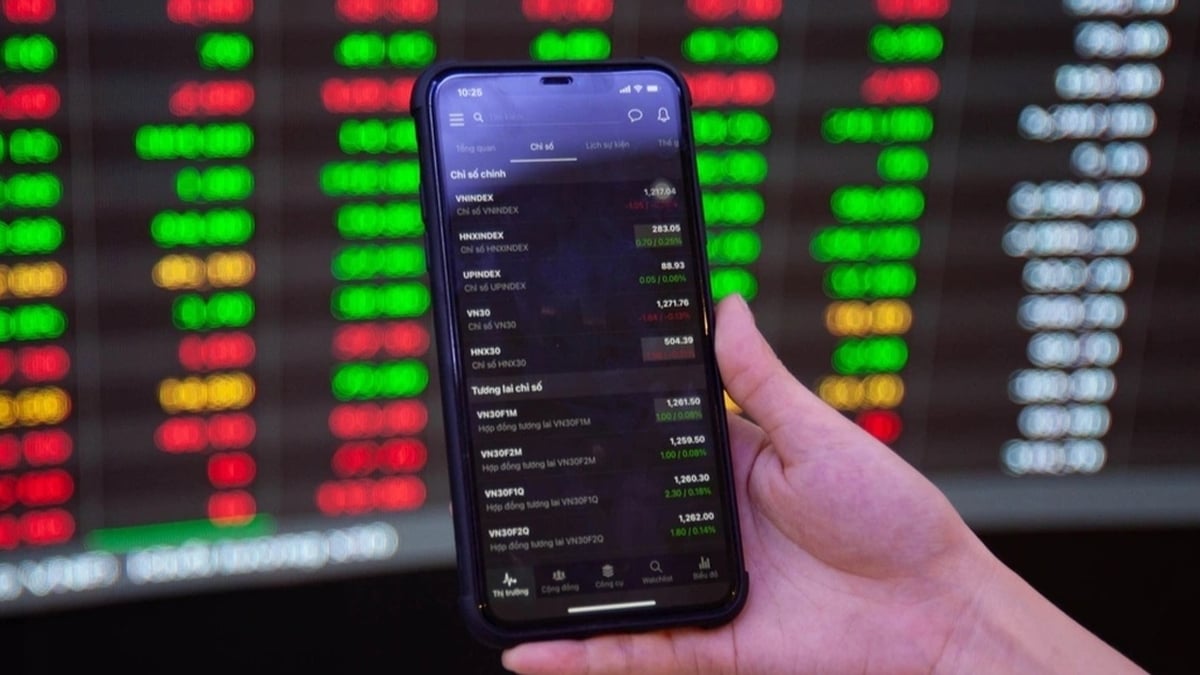

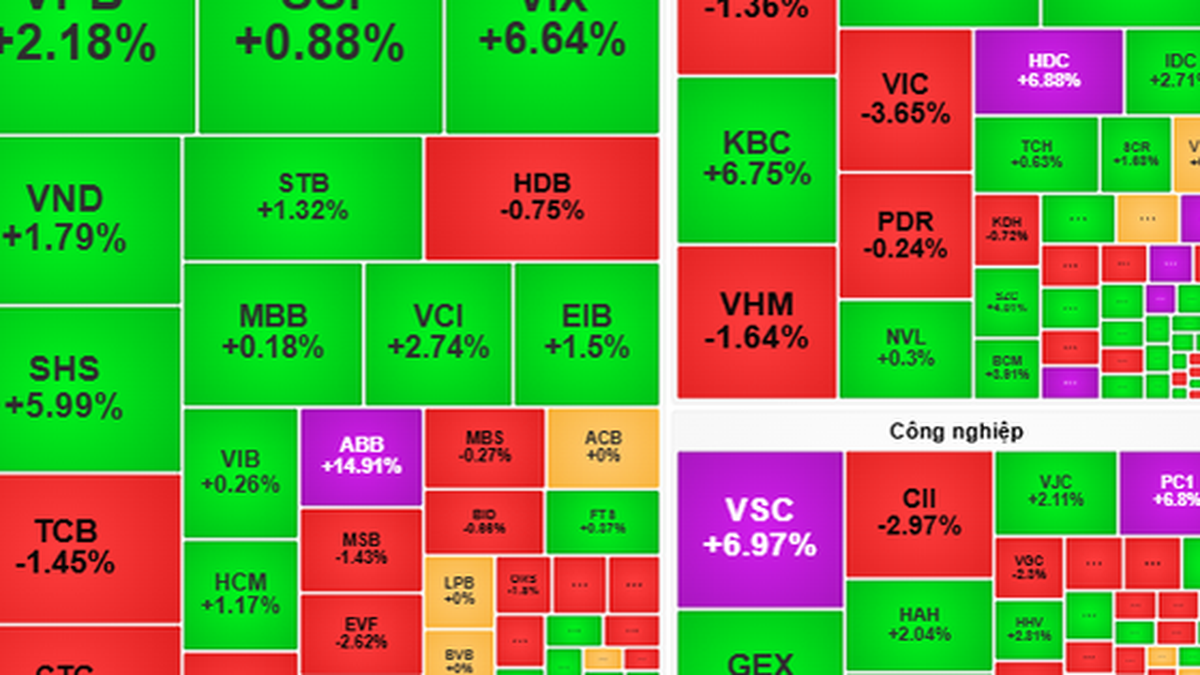
























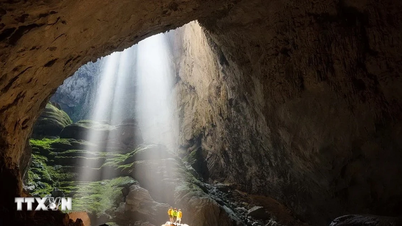

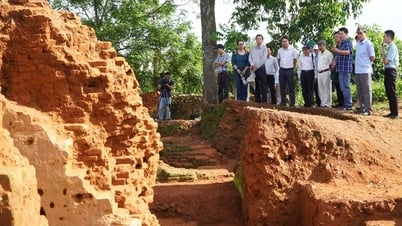








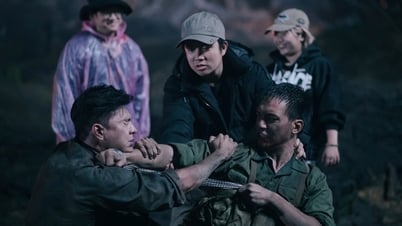


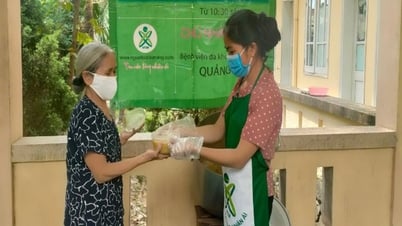
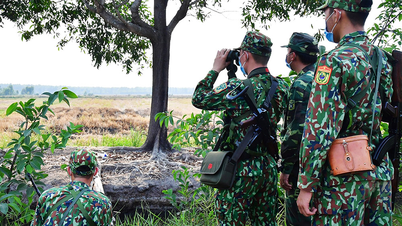



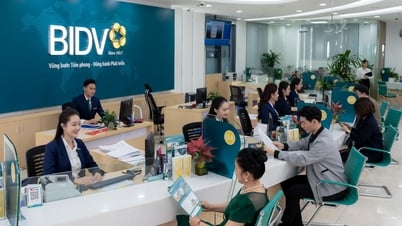





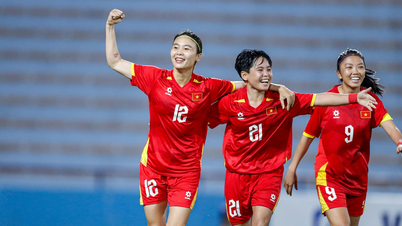






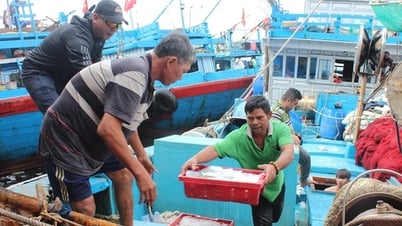



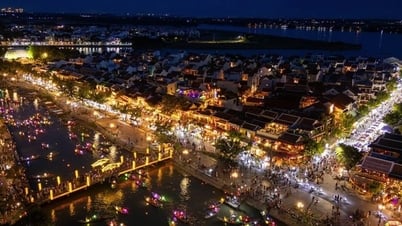
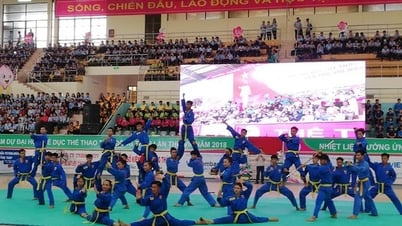
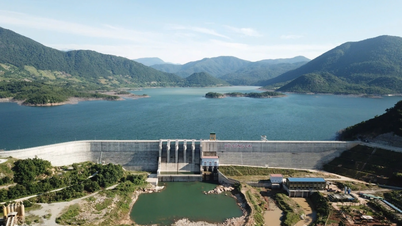










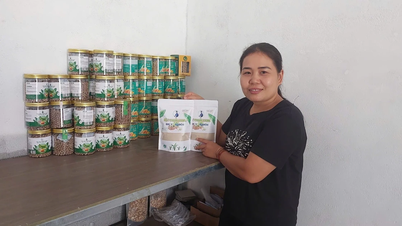

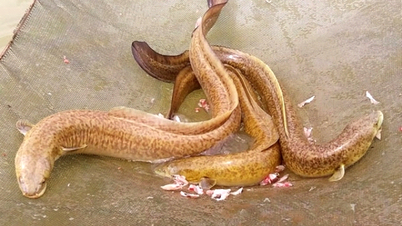








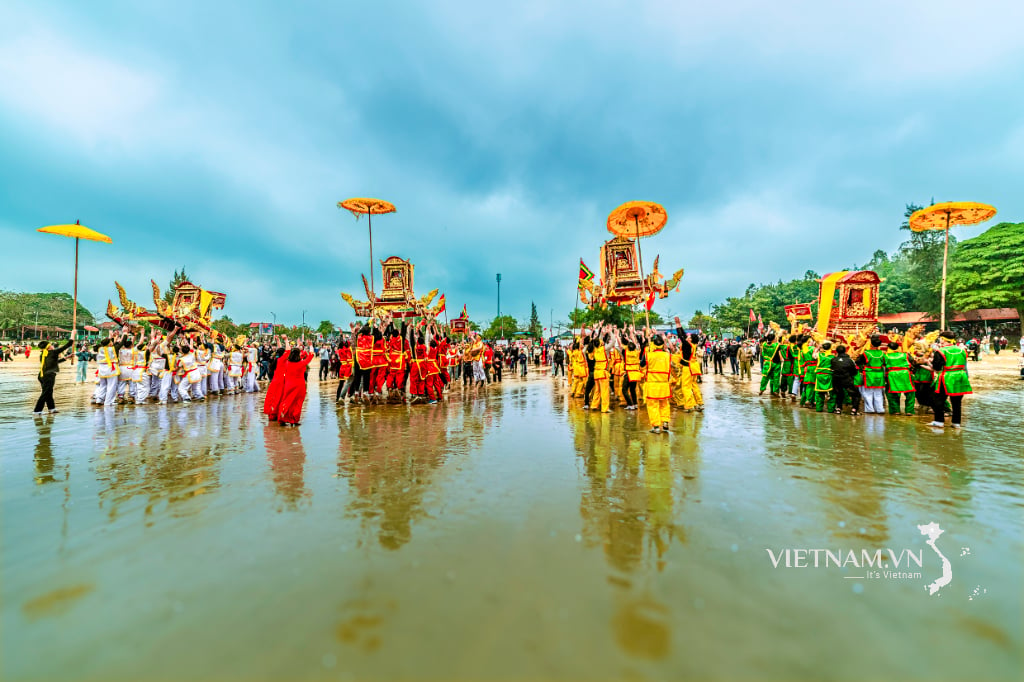
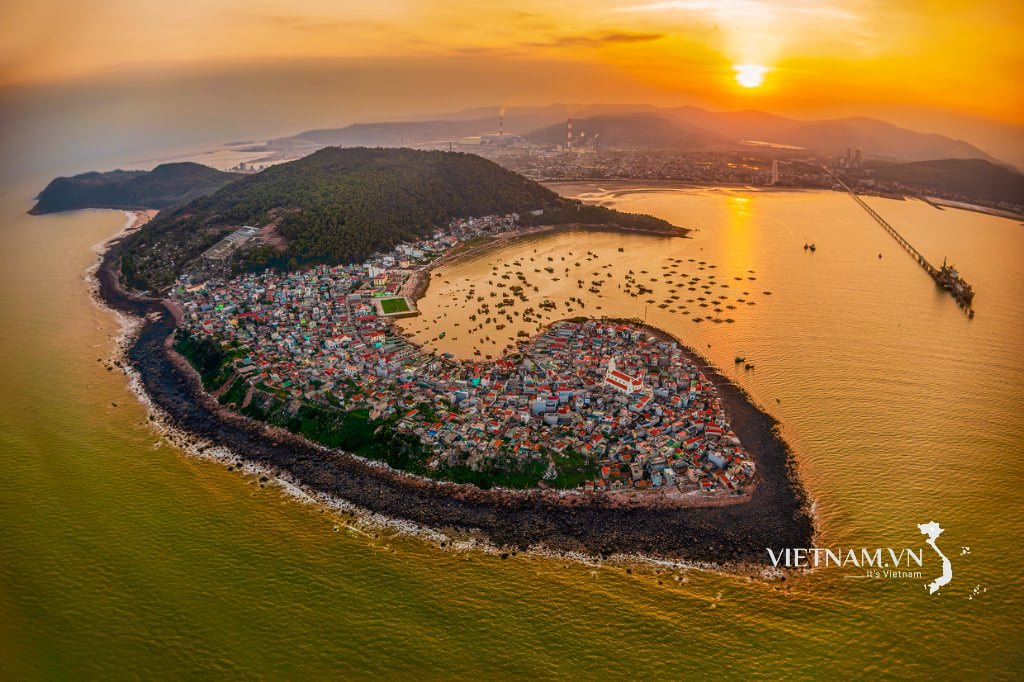
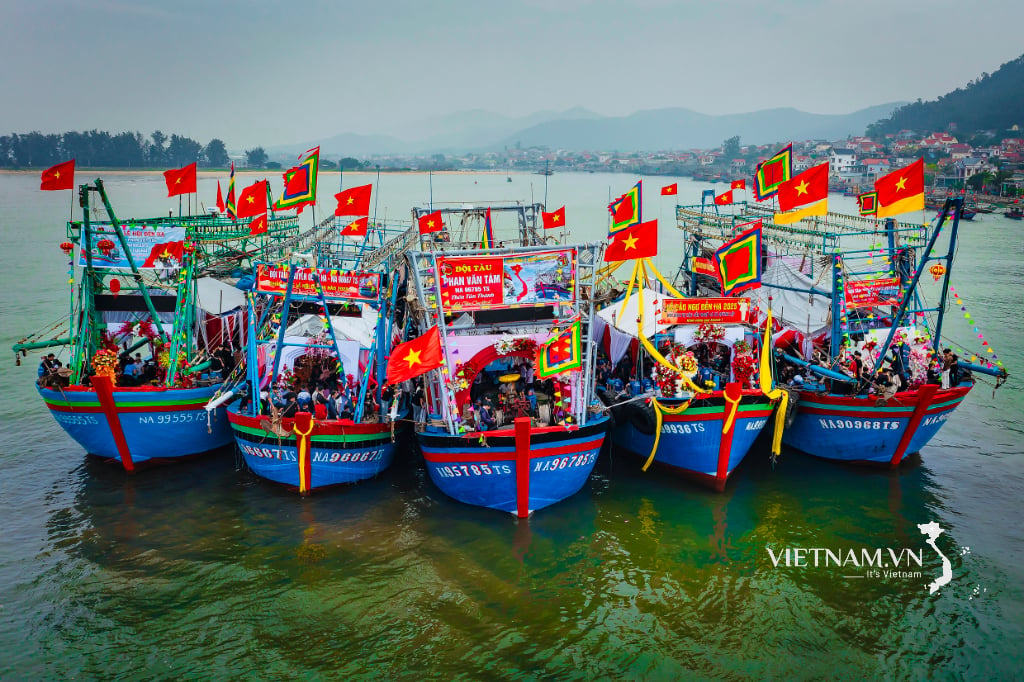
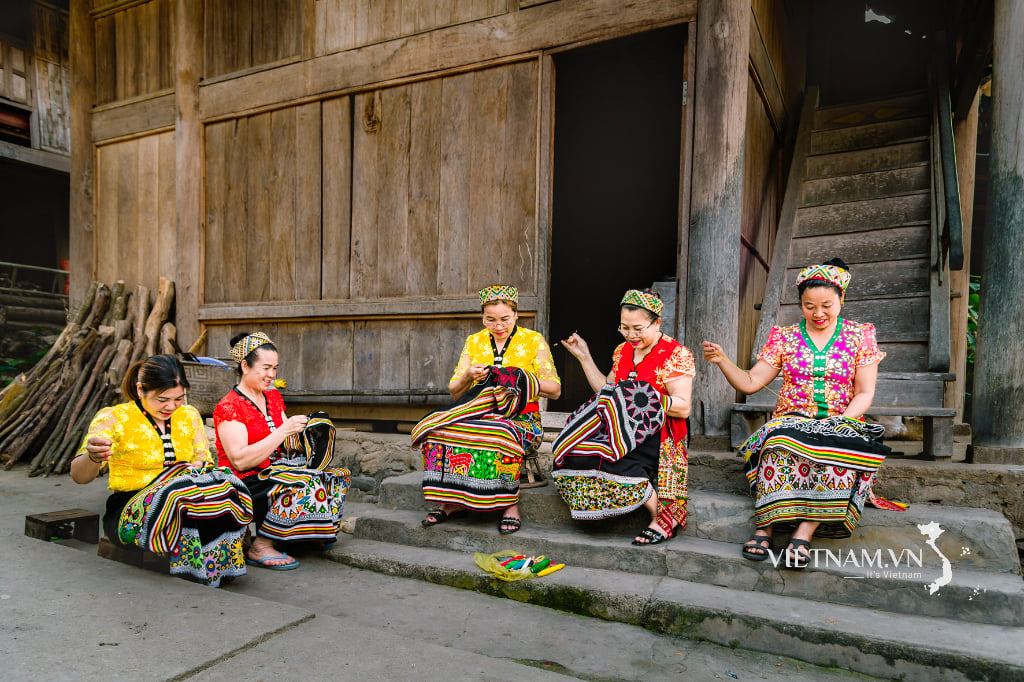
Comment (0)